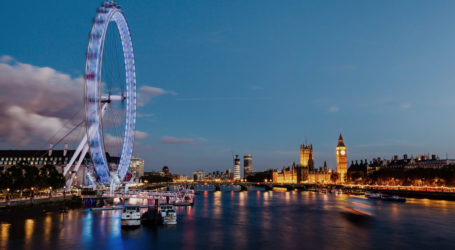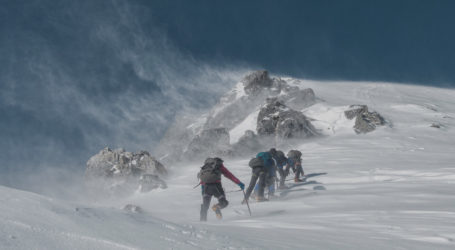The Dolomites – Via Ferrata
Located in northern Italy and with a unique mix of Italian and Austrian culture the Dolomites has the highest concentration of via ferrata in the world, boasting some 170 historic routes. The metal wires intespersed with ladders and unlikely suspension bridges give straightforward access to some of the world’s most striking summits, allowing you to move quickly over technical ground that would normally require a rope. The routes are for the most part maintained by CAI (Club Alpino Italiano) and the local guides working within the area. They are free to use and are generally accessible to anyone with resonable mountain experience and a good head for heights. They provide a relaxing or good wet weather itinerary for experienced climbers and a fantastic means by which to ascend an otherwise inaccessible peak for those without the same technical climbing knowledge.
Via Ferrata History
Whilst the construction of via ferrata is often attributed to the First World War there are several routes that predate 1914. There is some debate as to which is the oldest via ferrata in the Dolomites, though it is generally accepted to be either the Marmolada West Ridge or Delle Mèsules (Possnecker Path), with some reports of the former being constructed as early as 1903.
Nevertheless it was the arrival of the First World War to the Dolomite mountains that provided the catalyst for construction of via ferrata en masse. Both the Italian and Austro-Hungarian armies in the area found the wires invaluable for moving men and supplies through previously inaccessible areas. Via ferrata were constructed to defend key positions and were often the site of vicious fighting. The legacy of this terrible conflict can still be witnessed on many of the routes, with the tunnels (Giovanni Lipella), trenches (Eterna Brigata Cadore), officer quarters (Ivano Dibona), lookout positions (Delle Scalette), field hospitals (Col dei Bos/Degli Alpini and Ettore Bovero) and even an original field gun (Via delle Trincee – La Mesola) still in evidence today.
Following the war many of the via ferrata were re-equipped by CAI and used as a means of attracting tourists to the area. This was a slow process until the 1950s which saw an explosion in tourism to the area. This sudden influx of visitors rapidly led to increased environmental concerns and led to the expansion being curtailed in favour of just maintaining the pre-existing routes.
More recently some new via ferrata have been constructed in the area, the first ‘modern’ route being Sandro Pertini. Built in Vallunga, an area covered under the EU’s ‘Natura 2000’ environmental protection policy, the route was shrouded in controversy as many felt the route had been built purely to commercial ends with a disregard for the environmental impact. The route was closed temporarily before being officially sanctioned by the EU in 2008, setting a precedent for other new routes to be built in the area. Ski Club 18 above Cortina was constructed in 2009 to ‘enrich the mountaineering tradition’ of the area, and named after the Rome ski club of the same name, whilst Magnifici Quattro in the Van San Nicolò follows part of a First World War route and was named in honour of four mountain rescue members who were tragically killed in an avalanche whilst attempting a rescue in 2009.
For more information on the First World War in the Dolomites I highly recommend The White War: Life and Death on the Italian Front by Mark Thompson which is an eye opening read. His talk at this year’s Kendal Mountain Festival was both excellent and enlightening.










